Get the training and support you need to deliver safe GDP orthodontics – Dr Nurcan Yilma
Featured Products Promotional FeaturesPosted by: Dental Design 10th July 2019

 Dr Nurcan Yilmaz, Principal of Daniels Enschede Dental Practice in the Netherlands, shares a recent case using the Inman Aligner.
Dr Nurcan Yilmaz, Principal of Daniels Enschede Dental Practice in the Netherlands, shares a recent case using the Inman Aligner.
In September 2018, I took the Inman Aligner training course. The way the course is set up is amazing and everything you learn can be directly converted into practice. The way the instructors support and guide you through a case following the training, really helps you reach the predicted outcome in a safe way. Even though this guidance is provided remotely via the online forum, my questions are always answered on the same day and I never felt that I was doing the case alone.
Case presentation
A female, 21-year-old patient presented with orthodontic relapse of her anterior teeth. Some gingival recession and spaces were present between the teeth, but these did not concern the patient as neither showed when she smiled. Her only complaint was the appearance of her right central incisor.
A full orthodontic assessment was completed as recommended in the training course (Table 1). The patient did not have any functional or TMJ problems, but proper canine guided occlusion was lacking.
Table I: Orthodontic assessment
| Skeletal Pattern | Class I | |
| Lower Face Height | Average | |
| Facial Asymmetry | Average | |
| Soft Tissues | Normal | |
| Overjet | 4mm | |
| Overbite | 1.5mm | |
| Crossbite | None | |
| Displacement on closure | None | |
| Incisor relationship | Class II | |
| Molar relationship | Right: Class II ½ / Left: Class I | |
| Canine relationship | Right: Class II ½ / Left: Class I | |
| Teeth Present | 7654321 | 1234567 |
| 7654321 | 1234567 | |
| Centrelines | Lower deviated 3mm to the right | |
All possible treatment options were discussed with the patient, including gold standard treatment through referral to a specialist orthodontist. However, she expressed a preference to avoid lengthy treatment with fixed orthodontic appliances and so her suitability for the Inman Aligner was assessed. The Spacewize+™ digital software was used to measure the amount of space that would need to be created in order to effectively align the teeth. It estimated that approximately 1.9mm of interproximal reduction (IPR) and progressive proximal reduction (PPR) would be required – which was within the 3mm limit of the Inman Aligner appliance – confirming appropriate case selection.
All the benefits and limitations of the Inman Aligner were discussed with the patient and she was happy to proceed.
Treatment planning
Precise silicone impressions and a habitual bite registration were taken, as well as photographs. An anterior X-ray was also taken to be sure of no existing endodontic treatment or apical radiolucency of the coloured right central incisor. From the Spacewize+™ calculations, the IAS laboratory created a 3D impression and model to assist with each recommended step of treatment. After some adjustments with help of my IAS mentor, the case was approved.
Table 2:
| Problem List |
| Crowding in the upper arch
Minor spacing in the lower arch Some gingival recession |
| Ideal Treatment – Aims: |
| Align the upper dentition, closing all spaces with orthodontics and restorative dentistry
Improve appearance of the gingiva |
| Compromised Treatment – Aims: |
| Align the upper arch |
Treatment
The patient was advised to wear the Inman Aligner for 20 hours every day. During review appointments – scheduled roughly two weeks apart – IPR and PPR were performed progressively as needed.
Even after the first two weeks, the patients immediately noticed the difference made by the initial tooth movements. Her outstanding compliance meant we were able to achieve satisfactory results and complete treatment in just three months. The patient was therefore very happy with the outcome and treatment time. She commented that, even though she was originally only concerned about her upper right central, the movement of her other upper anterior teeth made a big difference to her smile.
The importance of retention was emphasised and the patient was provided with a removable retainer.
Case review
This case shows how easy it is to achieve small and predictable movements with the Inman Aligner, when you have sufficient training and on-going support. I constantly received guidance from the online forum, which made me feel more confident at every stage of the case. As with everything, there is always space for improvement – for example, regarding the aesthetic outcome – and this will only be achieved through mentorship and experience.
For more information on upcoming IAS Academy training courses, including those for the Inman Aligner and Aligner system, please visit www.iasortho.comor call 01932 336470 (Press 1)
Images

Figure 1 – Pre treatment
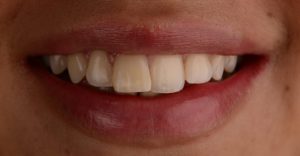
Figure 2 – Pre treatment smile
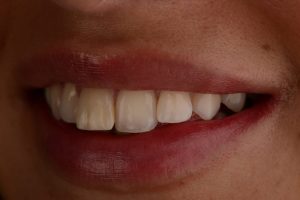
Figure 3 – Pre treatment left
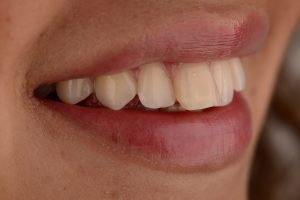
Figure 4 – Pre treatment right
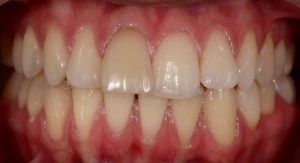
Figure 5 – Pre treatment retracted anterior
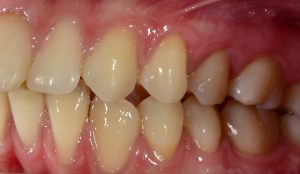
Figure 6 – Pre treatment left lateral retracted
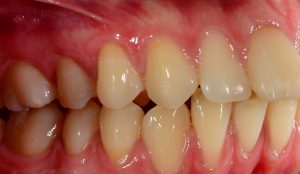
Figure 7 – Pre treatment right lateral retracted
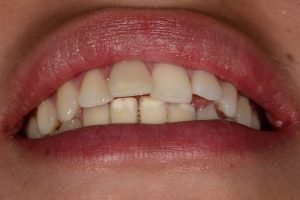
Figure 8 – Pre treatment chin up view
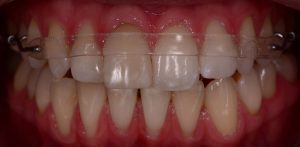
Figure 9 – 3 weeks into treatment anterior
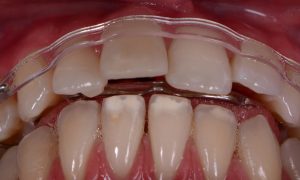
Figure 10 – 3 weeks into treatment chin up view
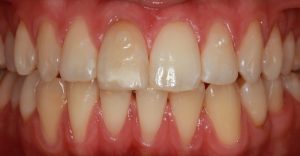
Figure 11 – 8 weeks into treatment anterior
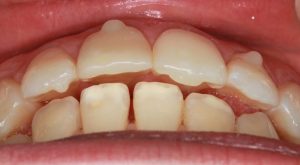
Figure 12 – 8 weeks into treatment chin up view

Figure 13 – Post treatment
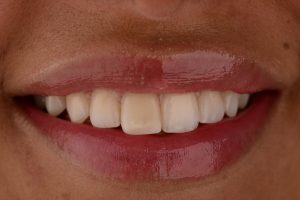
Figure 14 – Post treatment smile
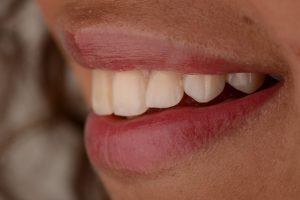
Figure 15 – Post treatment left
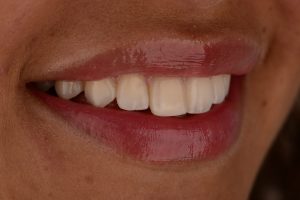
Figure 16 – Post treatment right
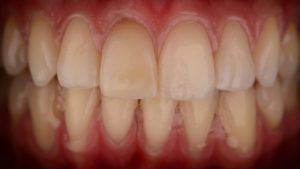
Figure 17 – Post treatment anterior retracted
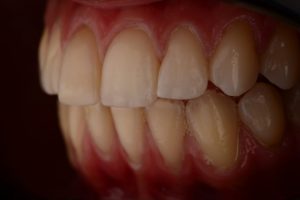
Figure 18 – Post treatment left lateral retracted
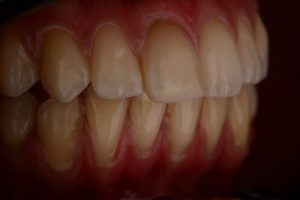
Figure 19 – Post treatment right lateral retracted
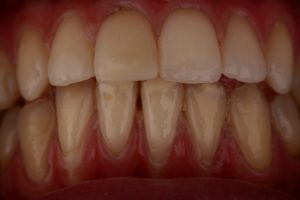
Figure 20 – Post treatment chin up view
Author biography:
Nurcan Yilmaz-Vukkink completed her dental education at the University of Amsterdam in 2011 and started working in a general practice. In a short time she was asked to work for the royal dentist, Hans Beekmans, where she learned to work with high microscopic precision.
With Sjoerd Smeekens, a well-known dentist in Holland, she went on to take a three-year restorative training course and six months later opened her own clinic called Daniels clinic, focused on restorative and aesthetic dentistry.
No Comments
No comments yet.
Sorry, the comment form is closed at this time.



